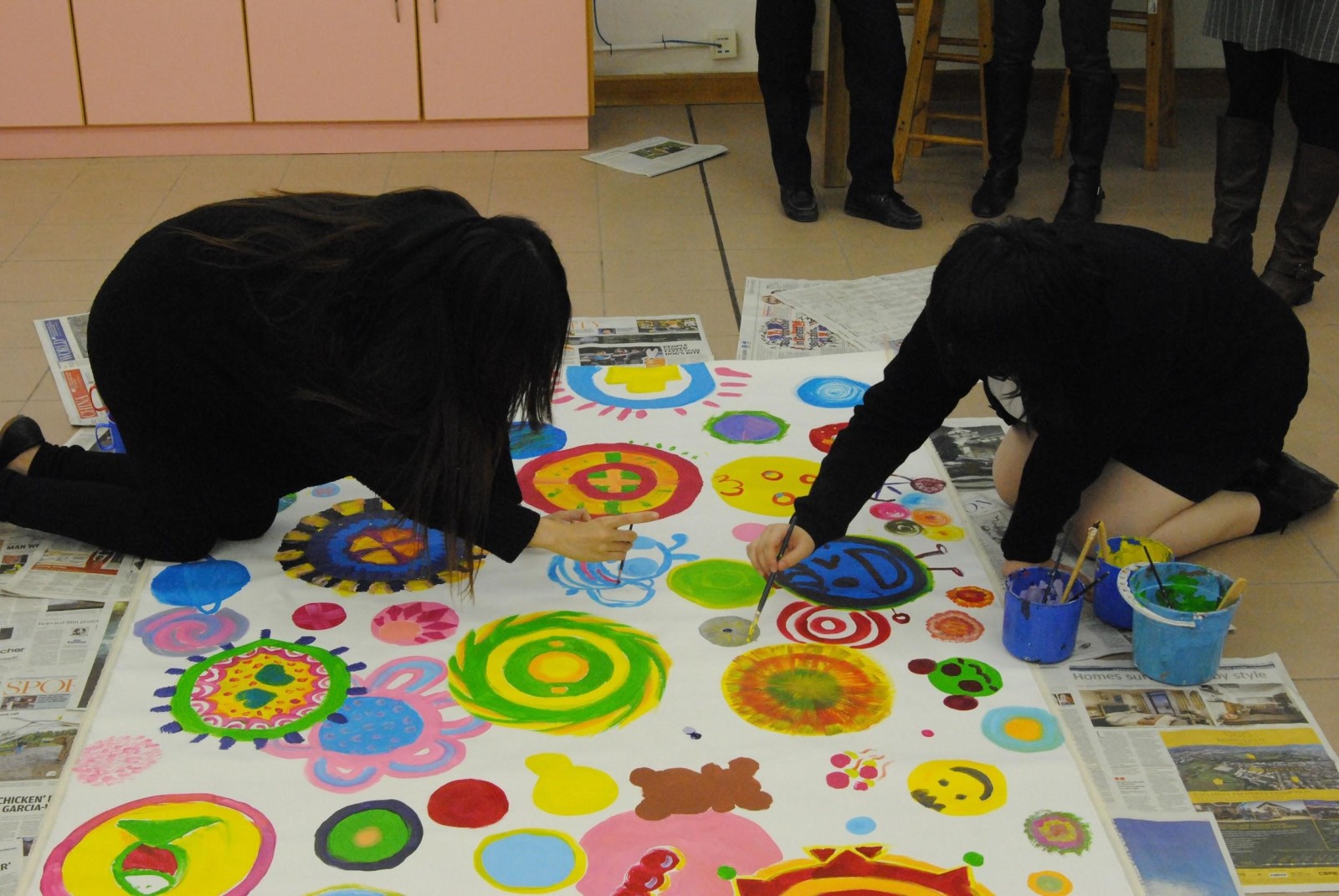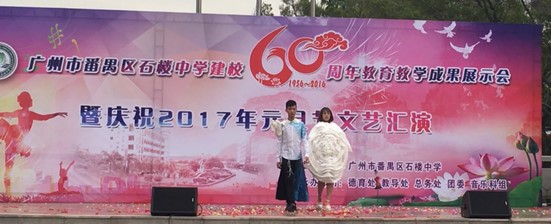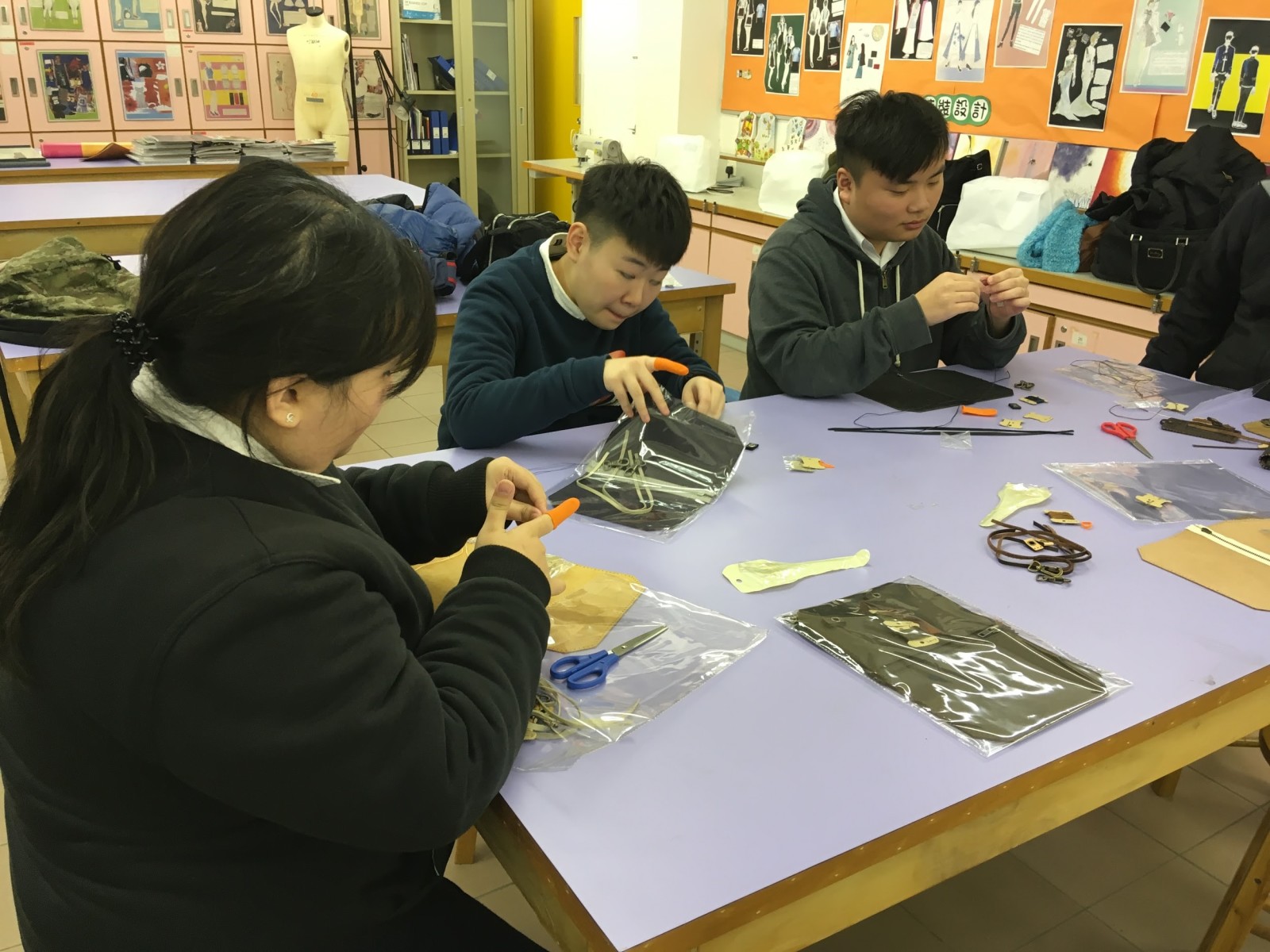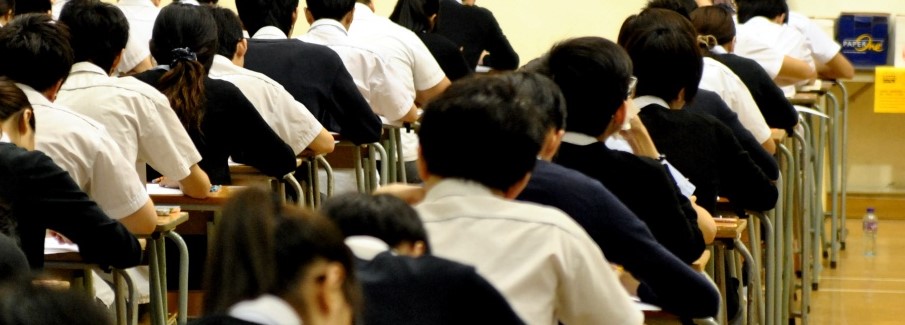The College offers two HKDSE subjects under Arts and Design: Visual Arts, and Technology and Living (Fashion, Clothing and Textiles). Both subjects include elements of design theory, implementation and creation.
Visual Arts
Course content:
Form 4:
- Basic sketching module: Students learn how to use different creative media for basic sketching. They practise using lines, colours and pen techniques to present effects of light and dark, three-dimensionality, space, transparency, texture, structure etc.
- Basic graphic design module: Students learn about graphic design and typography. They study real life examples of graphic design for business to understand the use of points, lines and surfaces in graphic design, and how to satisfy the demands of target audiences.
- Interior design and typography module: Students appreciate different interior design approaches across societies, cultures and histories, and explore the relationship between interior design and cities. They develop an understanding of the basics of typography by studying well-known fonts and exploring the role and functions of typography in design.
Form 5:
- Symbols and feeling (print theory) module: Students explore the relationship between symbols and feelings. They use different methods of printing (lithographs, chromatic, intaglio, monolithic) to express their creative ideas through symbolism. They also appreciate woodcut prints to explore how transformations of lines and the distribution of positive and negative space deepen the feelings expressed by artwork.
- Society and culture (photography, multimedia design) module: Students develop understanding of the history of photography, and visual and artistic elements in photography. Photography and its relationship with history, society and culture will be explored. Through the appreciation and creation of photographic models (FOTOMO), students display their care for society and its people.
- Graphic design module (2): Students deepen their understanding of the functions of package design. Project-based learning is used in this module, as students build an image for a brand, through which they explore topics related to package design, including the use of structure, materials and colours.
- Form 5 students must complete two works for the School-Based Assessment (SBA).
Form 6:
- Aesthetics and visual arts in context (further studies in drawing) module: Students use acrylics and watercolour as media to display their care for the modern living environment and social issues.
- Traditional and modern (mixed media, installation art) module: Students explore the relationship between art and exhibition space. They use their imagination and problem-solving skills to develop ideas.
- Form 6 students must complete two works for the School-Based Assessment (SBA).

Visit to an art gallery

Visual Arts Day - Circle Painting
Technology and Living (Fashion, Clothing and Textiles)
Course content:
Form 4:
- Understand theories of fashion design, techniques of drawing and exhibition, and the process of fashion design.
- Understand the characteristics of different textiles and choose suitable textiles for design.
- Learn different methods of creating clothing, including pattern-making and sewing.
- Explore the fashion styles of different local and overseas fashion designers and cultures, to deepen students’ knowledge of fashion
Form 5:
- Understand the development of Western fashion, careers in fashion design, and the building of image through fashion.
- Analyse the needs of consumers to design clothing that fits the demands of the market and understand the responsibilities of society and enterprises in fashion.
- Deepen the study of techniques in creating clothing.
- Complete the design portfolio requirement of the School-Based Assessment (SBA).
Form 6:
- Understand in-depth the development of the garment industry and the effects of globalisation on Hong Kong’s garment industry.
- Become aware of new trends in the garment industry (retail methods, product categories, fashion trends) and how these affect consumer behaviours (e.g. fast fashion, sustainable fashion).
- Explore how members of a family change their decision-making in different family structures and across different stages in life, and how this affects consumer behaviour in fashion.
- Complete the practical requirement of the School-Based Assessment (SBA).

Sister school fashion show

Leather crafting workshop
* The College reserves the final right to offer programmes and subject courses.


